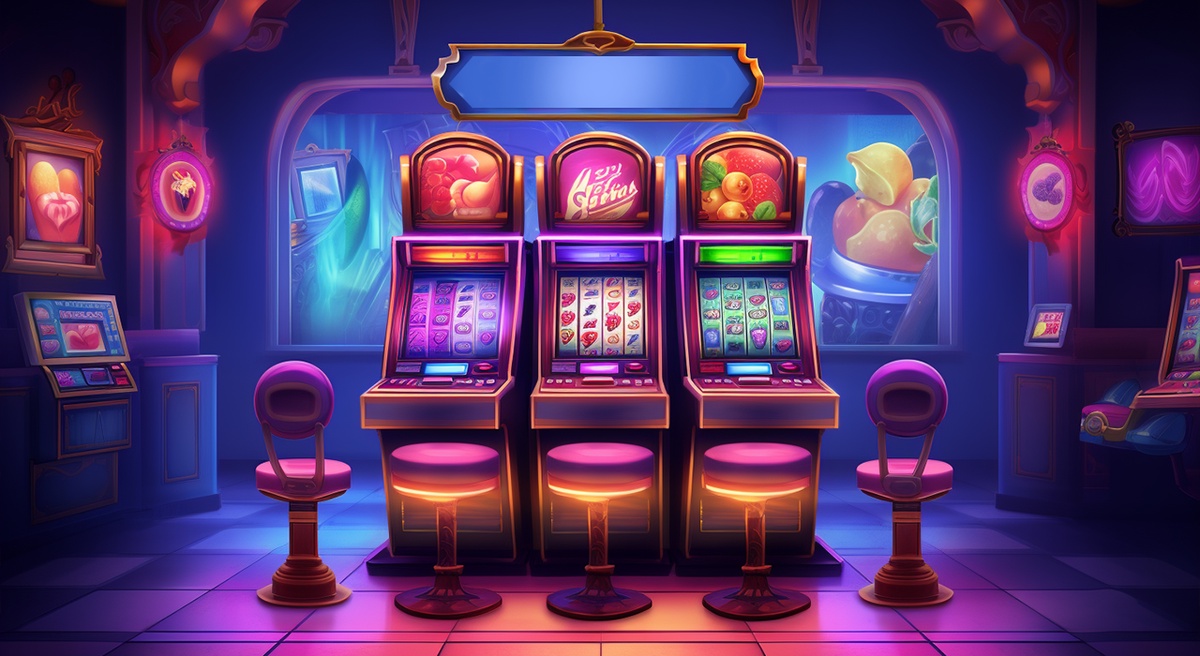Hello, fellow artists! The canvas of 2D game art is ever-changing, with new styles and technologies continually reshaping our creative landscape. Today, let's embark on an imaginative journey to explore the vibrant future of 2D game art. Let's uncover the trends that will color our pixels and paint our paths in the times to come.
In the theatre of gaming, 2D art has always held a special place, crafting scenes and stories that captivate our hearts. As artists, it’s thrilling to ponder what the future holds for our craft. So, what creative wonders await us around the corner? Let’s find out!
The Rise of Retro
Our pixels are partying like it’s 1999! Retro is back, blending nostalgia with fresh, innovative touches. Pixel art, in particular, is making a stylish comeback, inviting us to play with the charm of yesteryears while sprinkling in modern magic. Why do you think retro styles continue to win hearts?
Advancements in Animation Techniques
In the enchanting realms of 2D game art, the tides of animation are turning, ushering in a wave of remarkable advancements. Animation techniques are becoming a playground of endless creativity, bringing forth smoother, more lifelike movements and expressions to our characters and scenes. Tweening and interpolation innovations promise a seamless flow, where characters glide, jump, and interact with a natural grace that captivates the player’s imagination. Enhanced facial animations open the door to a symphony of emotions, where the subtlest smirk or frown tells a story, creating a deeper, more intimate connection with the audience.
Moreover, the environment and background elements in games are also set to blossom with richer animation, where each leaf, cloud, and shadow tells its own tale, contributing to a more immersive and dynamic gaming atmosphere. Advanced rigging techniques and particle effects are like the new colors on our palette, allowing for a vivid portrayal of movements and atmospheres. In this evolution, even the interactions within the game aim to be more fluid and responsive, curating a harmonious dance between the player’s actions and the game’s reactions. Thus, the future of animation in 2D game art heralds a canvas where creativity knows no bounds, and every stroke of animation paints a more vibrant, engaging, and expressive gaming experience.
Interactive Environments
The worlds we craft are evolving into playgrounds of interactive delight. Our art will invite players to touch, explore, and influence the game's landscapes, adding layers of immersive storytelling and surprise. How excited are you about turning your environments into living entities?
Integration of 3D Elements
Absolutely! The merging of 2D and 3D elements in game art is like a dance between depth and simplicity, creating a layered aesthetic that breathes new life into the visual experience. As artists, we're standing at the cusp of a new era where this integration is not just a novelty but a nuanced craft. With the power of modern game engines and creative software at our fingertips, 2D environments can now be accentuated with 3D models, lending a sense of volume and dynamism to traditionally flat spaces.
Imagine the play of light and shadow from a 3D lantern casting a warm glow over a 2D night scene, or the way 3D weather effects, like falling snowflakes, can add a tactile quality to the ethereal backdrop of a 2D winter wonderland. These elements add a tangible quality to the game world, making it more inviting and engaging for players.
On the flip side, this fusion also means that the stylistic boundaries of game art are expanding. 3D objects, when rendered with a 2D aesthetic, can seamlessly blend into scenes, maintaining the game's overall style while enhancing its visual storytelling. This approach also opens the door for creative problem-solving, allowing us to bypass some of the limitations of pure 2D art, like the challenge of depicting complex perspectives or intricate animations.
As 3D assets can be rotated and viewed from multiple angles, they provide an invaluable flexibility, allowing for a more dynamic gameplay experience. This blend is not just a trend; it's a testament to the ever-evolving art form that is game design, promising a playground of potential for today's visionary game artists.
Enhanced Storytelling Through Art
Our art is set to become a powerful narrator. Through character expressions, atmospheric environments, and visually woven narratives, our creations will tell deeper, more engaging stories. How will you use your art to captivate the storytelling stage?
Artificial Intelligence in 2D Art Creation
AI is knocking on our studio doors! It promises to be a helpful friend, automating some tasks and sprouting new creative possibilities. How do you feel about welcoming AI into your artistic toolbox?
Increased Customization Options
Customization is the new king! Players crave unique experiences, and our art will offer them a buffet of visual choices to customize their journey. This will enrich the player’s connection with our game worlds, turning each play into a personal story. Are you ready to empower players with creative freedom?
Sustainability and Ethical Considerations
Our canvases can echo the voices of sustainability and ethical wonders. Through our art, we have the power to inspire awareness and positive actions. How will you color your creations with messages of care and responsibility?
Community and Collaborative Art Creation
In the realm of 2D game art, the future is not just in the hands of individual artists but also within the vibrant community that surrounds them. The burgeoning trend of community involvement in game development is revolutionizing the way art is created. Picture this: artists and players, side by side, shaping the aesthetics of a game, making it a melting pot of collective creativity.
This collaborative process isn't just about pooling in different skills; it's about embracing varied perspectives, cultural nuances, and unique artistic visions. It turns game art creation into a conversation, one where feedback is immediate and iteration is ongoing. By tapping into the community's hive mind, game art can evolve in real-time, reflecting a tapestry of player experiences and desires, ensuring the end product resonates more authentically with its audience.
This shift towards collaborative creation also blurs the lines between creator and consumer. It empowers players not just to be passive recipients but active contributors to the art of a game. Imagine a game where the environment, characters, even the color schemes, have been influenced or directly created by those who engage with it most passionately.
It fosters a sense of ownership and pride among the community, turning players into brand ambassadors who have a stake in the game's success. As we move forward, harnessing the power of online platforms and social media, we can expect to see even more games that are not only for the community but partially by the community, enhancing the creative process with the diversity and dynamism of collaborative artistry.
Conclusion
So there you have it, a glimpse into the bright and exciting future of our 2D game art universe! New tools, techniques, and trends are on the horizon, ready to enrich our artistic adventures. Let’s embrace these possibilities with open hearts and vibrant imaginations.
As we wrap up our exploration of the future of 2D game art and the exhilarating trends that lie ahead, let's pivot to a crucial cornerstone of our craft: the skills that form the bedrock of every 2D game artist's repertoire. In the dance of dynamic pixels and evolving art forms, there are core competencies that every artist should nurture to ensure they are not just keeping pace with the times but also setting the stage for the trends we've discussed.
For a more in-depth look, consider this an invitation to visit our blog where we dive into the "Essential Skills Every 2D Game Artist Should Develop" It's a guide tailored for the evolving artist, aiming to bridge the gap between today's artistry and tomorrow's masterpieces. So, let’s continue the conversation and ensure our creative arsenal is as expansive and ready as the worlds we create.


No comments yet